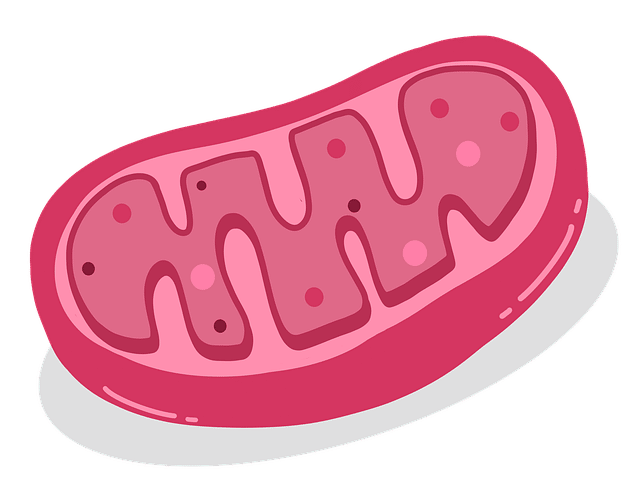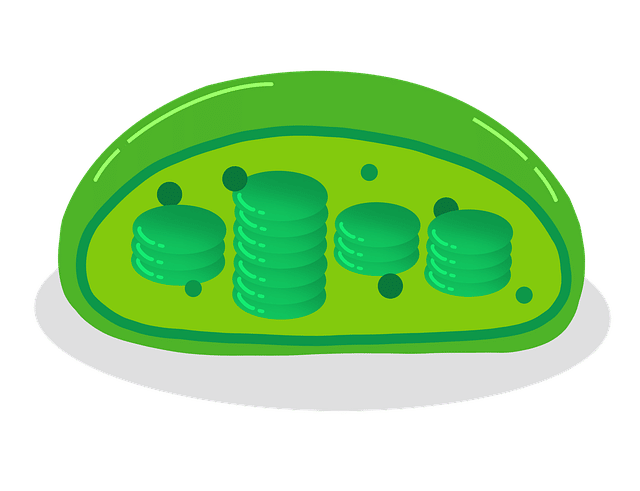
Organelles have different functions.
Organelle is not a term accepted by the dictionary of the Royal Spanish Academy (RAE) . However, as with many other concepts that are in the same situation, its use is quite frequent.
An organelle is what is known as an organelle , a unit that is part of a single-celled organism or a cell . These units fulfill various functions and give a certain structure to the organism in question.
Organelles, given these characteristics, are also called cellular elements . They are found within the cytoplasm and are more common in eukaryotic cells than in prokaryotic cells.
Types of organelles
Depending on their origin, organelles can be classified in various ways. Autogenetic organelles are created from an increase in the complexity of a preexisting structure. Endosymbiotic organelles , on the other hand, derive from the symbiosis that occurs with another different organism.
Among the different organelles that can be found in cells, the nucleus , mitochondria , ribosomes and endoplasmic reticulum stand out. It should be noted that not all organelles are present in all cells: their presence depends on the time of the cell and the organism.
Some organelles are specific to a certain class of organisms. The parentosome , for example, only appears in one type of fungi. The melanosome , on the other hand, is an organelle found in animal cells.
It should also be noted that the same organelles (such as nuclei or mitochondria) have different characteristics depending on the organism.
Cell classification
It is possible to distinguish two classes of cells: prokaryotes (or prokaryotes), which make up unicellular organisms; eukaryotes (or eukaryotes), present in multicellular organisms, such as animals and plants. Both classes have similar structures , since they are made up of three main elements: the membrane, the cytoplasm and the nucleus, that is, the cell organelles.

The characteristics of organelles vary depending on the type of cell.
When talking about the membrane , we refer to the following elements:
* cell wall : covers the cell and is made up of proteins and carbohydrates. It is found especially in plants and bacteria . It plays a defensive role against the external environment, and also helps maintain the rigidity and shape of the cell;
* plasma membrane : it is a structure of great elasticity and little thickness, a thin film of lipids that prevents the passage of certain substances between the extracellular and intracellular fluids.
The cytoplasm is the largest cellular structure. It is 90% made up of water and within it there are various elements, each also called an organelle. Some of them are:
* glycocalyx : only found in animal eukaryotes. These are sugars bound to lipids or membrane proteins;
* microtubules : they are responsible for intracellular transport;
* Golgi apparatus : it is a membranous organelle that is responsible for glycosylation and the secretion and maturation of proteins;
* mitochondria : only present in eukaryotes. It is involved in the production of ATP and cellular respiration . It has an internal and external membrane, its own genetic material and respiratory enzymes;
* endoplasmic reticulum : it is responsible for intracellular transport and is divided into smooth (participates in lipid synthesis) and rough (has ribosomes);
* ribosomes : they perform the function of protein synthesis and can be found in the rough endoplasmic reticulum.
The nucleus is the largest component within the cell and fulfills the following functions: it stores, transcribes and transmits the information that is stored in the DNA, which is protected by proteins called histones . Inside the nucleus is the nucleolus, with the RNA and proteins; the latter help create new ribosomes.
